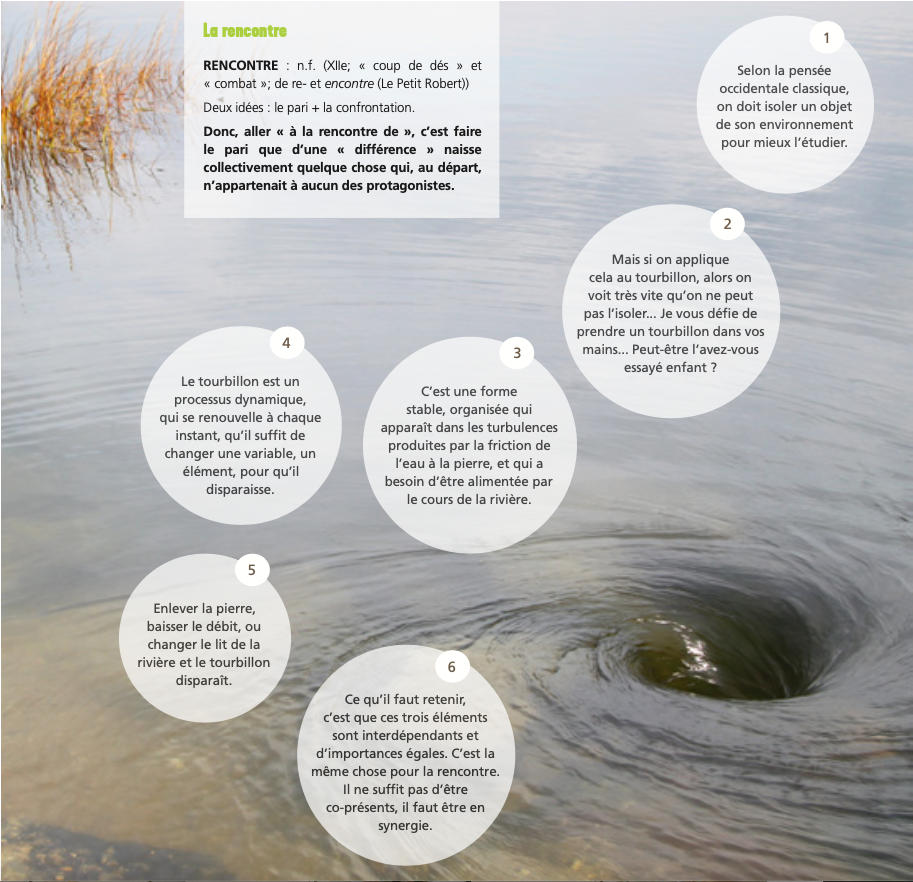Project Monitoring and Evaluation
Evaluating methods and results helps measure the impact of actions, adjust strategies based on participant feedback, and maintain engagement throughout the project. By involving all stakeholders, an authentic evaluation process fosters open dialogue, highlights acquired skills, and identifies strengths as well as areas for improvement. It strengthens relationships between actors and supports a long-term vision, paving the way for future projects.
Evaluation Methods
Evaluation can be informal (e.g., spontaneous discussions) or more structured (focus groups, surveys). It is generally conducted at two key moments:
- At the beginning of the project to gather stakeholder expectations.
- At the end of the project to assess the gap between achieved results and initial objectives.
Intermediate evaluations can also help adjust strategies based on received feedback and project developments. These moments strengthen participant involvement and allow for real-time adjustments.
The format of these evaluations can vary, be combined, and be explored innovatively in collaboration with participants. Examples include:
- Group discussions to encourage collective idea-building.
- Individual approaches for objective assessments and open sharing.
- Ongoing documentation of changes and recommendations throughout the project.
- Verbal feedback for natural and spontaneous expression.
- Written feedback to encourage specificity and deeper reflection.
Key Aspects to Evaluate
Several elements can be assessed to gain a comprehensive view of the project:
- Participant feedback: their level of engagement and satisfaction.
- Stakeholder perceptions: strengths and areas for improvement.
- Achievement of objectives: comparing results with initial goals.
- Long-term impact on individuals and communities, particularly in habits or social dynamics.
- Stakeholder recommendations for improving future initiatives.
NOTE : Given the diversity of evaluation approaches, effective assessments are not defined by complexity. Simple questions about what was appreciated or what could be improved often lead to deep reflections. The key is an adapted approach that fosters honest and constructive exchanges with a real impact on the project and future initiatives.
Exercise : Is the project on track?
Exercise : Reviewing the Collaboration Scale











